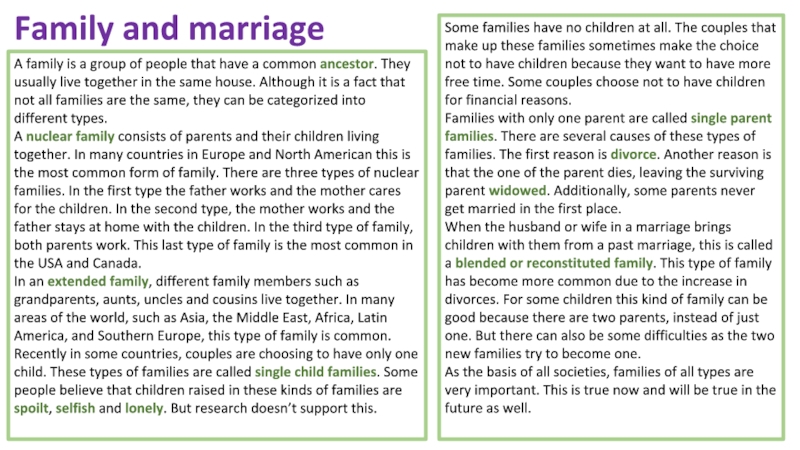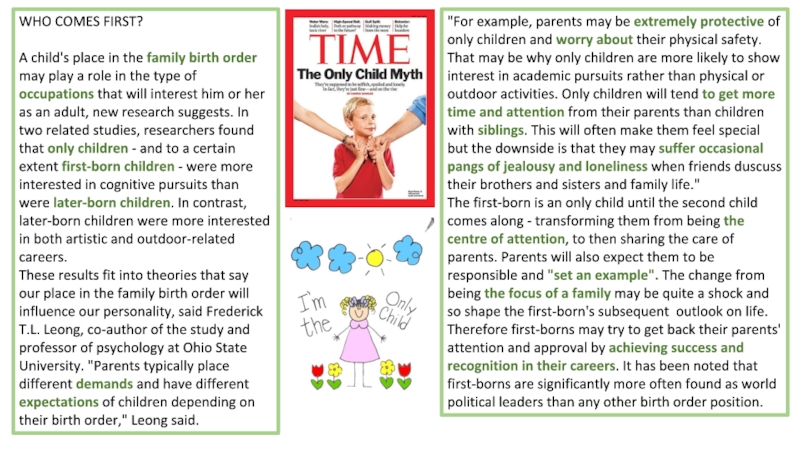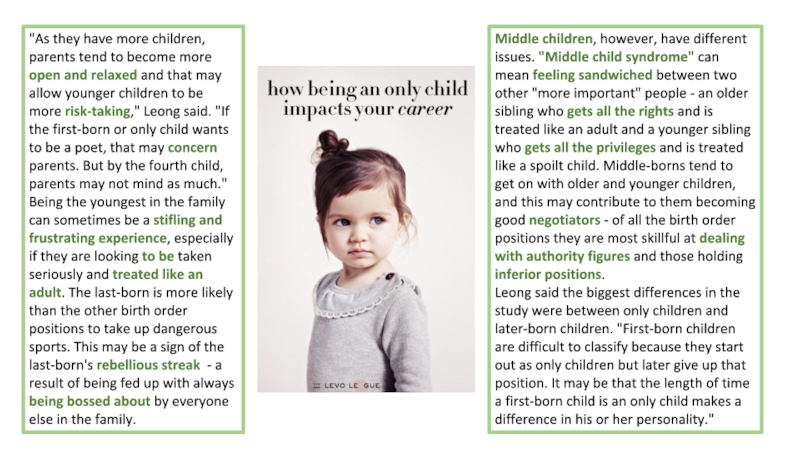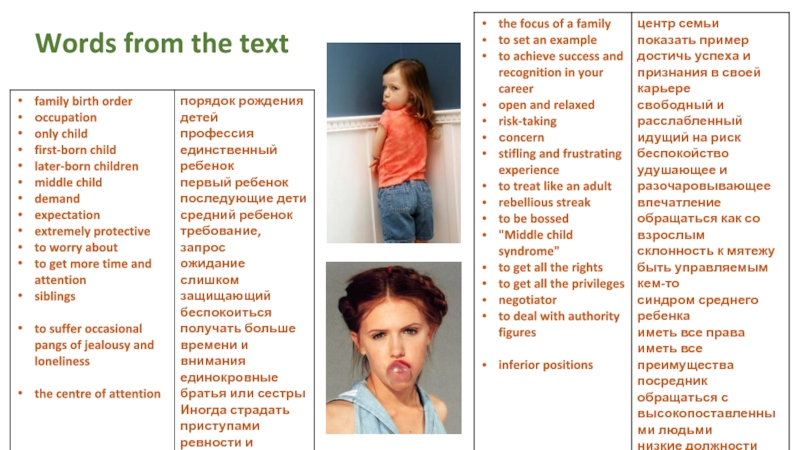- Главная
- Разное
- Дизайн
- Бизнес и предпринимательство
- Аналитика
- Образование
- Развлечения
- Красота и здоровье
- Финансы
- Государство
- Путешествия
- Спорт
- Недвижимость
- Армия
- Графика
- Культурология
- Еда и кулинария
- Лингвистика
- Английский язык
- Астрономия
- Алгебра
- Биология
- География
- Детские презентации
- Информатика
- История
- Литература
- Маркетинг
- Математика
- Медицина
- Менеджмент
- Музыка
- МХК
- Немецкий язык
- ОБЖ
- Обществознание
- Окружающий мир
- Педагогика
- Русский язык
- Технология
- Физика
- Философия
- Химия
- Шаблоны, картинки для презентаций
- Экология
- Экономика
- Юриспруденция
Perfect vocabulary for essay презентация
Содержание
Слайд 1Perfect vocabulary for essay
by @perfectionnement
For pre-intermediate, intermediate and upper-intermediate students
Слайд 2Contents
Family and marriage
Relations
Emotions
City and countryside
Buying and
Transport
Traditions and holidays
Healthy lifestyle
Games and hobbies
Learning
Gap year
Technology
Space development
Global problems
Слайд 3Family and marriage
Some families have no children at all. The couples
Families with only one parent are called single parent families. There are several causes of these types of families. The first reason is divorce. Another reason is that the one of the parent dies, leaving the surviving parent widowed. Additionally, some parents never get married in the first place.
When the husband or wife in a marriage brings children with them from a past marriage, this is called a blended or reconstituted family. This type of family has become more common due to the increase in divorces. For some children this kind of family can be good because there are two parents, instead of just one. But there can also be some difficulties as the two new families try to become one.
As the basis of all societies, families of all types are very important. This is true now and will be true in the future as well.
A family is a group of people that have a common ancestor. They usually live together in the same house. Although it is a fact that not all families are the same, they can be categorized into different types.
A nuclear family consists of parents and their children living together. In many countries in Europe and North American this is the most common form of family. There are three types of nuclear families. In the first type the father works and the mother cares for the children. In the second type, the mother works and the father stays at home with the children. In the third type of family, both parents work. This last type of family is the most common in the USA and Canada.
In an extended family, different family members such as grandparents, aunts, uncles and cousins live together. In many areas of the world, such as Asia, the Middle East, Africa, Latin America, and Southern Europe, this type of family is common.
Recently in some countries, couples are choosing to have only one child. These types of families are called single child families. Some people believe that children raised in these kinds of families are spoilt, selfish and lonely. But research doesn’t support this.
Слайд 5WHO COMES FIRST?
A child's place in the family birth order may
These results fit into theories that say our place in the family birth order will influence our personality, said Frederick T.L. Leong, co-author of the study and professor of psychology at Ohio State University. "Parents typically place different demands and have different expectations of children depending on their birth order," Leong said.
"For example, parents may be extremely protective of only children and worry about their physical safety. That may be why only children are more likely to show interest in academic pursuits rather than physical or outdoor activities. Only children will tend to get more time and attention from their parents than children with siblings. This will often make them feel special but the downside is that they may suffer occasional pangs of jealousy and loneliness when friends duscuss their brothers and sisters and family life."
The first-born is an only child until the second child comes along - transforming them from being the centre of attention, to then sharing the care of parents. Parents will also expect them to be responsible and "set an example". The change from being the focus of a family may be quite a shock and so shape the first-born's subsequent outlook on life. Therefore first-borns may try to get back their parents' attention and approval by achieving success and recognition in their careers. It has been noted that first-borns are significantly more often found as world political leaders than any other birth order position.
Слайд 6"As they have more children, parents tend to become more open
Being the youngest in the family can sometimes be a stifling and frustrating experience, especially if they are looking to be taken seriously and treated like an adult. The last-born is more likely than the other birth order positions to take up dangerous sports. This may be a sign of the last-born's rebellious streak - a result of being fed up with always being bossed about by everyone else in the family.
Middle children, however, have different issues. "Middle child syndrome" can mean feeling sandwiched between two other "more important" people - an older sibling who gets all the rights and is treated like an adult and a younger sibling who gets all the privileges and is treated like a spoilt child. Middle-borns tend to get on with older and younger children, and this may contribute to them becoming good negotiators - of all the birth order positions they are most skillful at dealing with authority figures and those holding inferior positions.
Leong said the biggest differences in the study were between only children and later-born children. "First-born children are difficult to classify because they start out as only children but later give up that position. It may be that the length of time a first-born child is an only child makes a difference in his or her personality."












